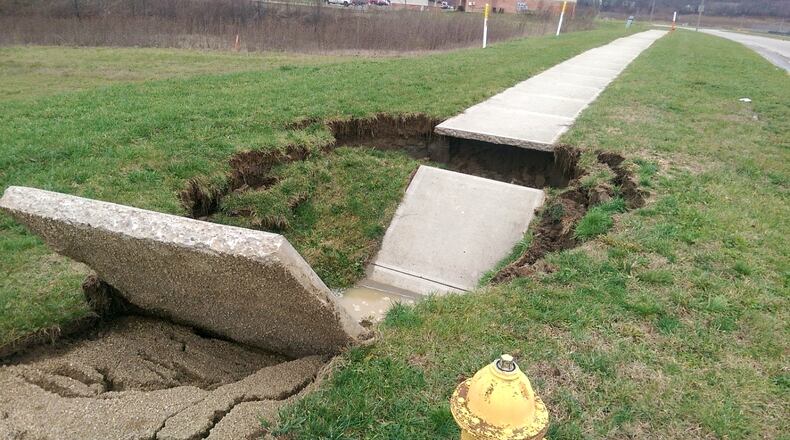The rate increase, said Allen Messer, Hamilton’s director of engineering, is for improved reliability and safety of the system.
“We’ve become more proactive. Right now, we’re largely reactive in our storm water (management),” Messer said, adding that projects are usually done in conjunction with Hamilton’s paving programs or based on a complaint. “We’d like to get out there ahead of things.”
Hamilton City Council will consider the rate increase at its meetings Wednesday and Nov. 13. The proposed increase would be $2 a month beginning in January, raising the monthly rate to $7. The rate would increase by another $2 in January 2026 .
Christine Carr, Hamilton’s business services director, said an average utility bill for a Hamilton customer as of October is $250.48. A year later, the bill would increase to $264.90. A first reading is set for Wednesday, with a final vote for Nov. 13, but the rate hike was unanimously approved by the Public Utilities Commission of Ohio on Oct. 10.
The benefits of a storm water management system, include proper collection, conveyance, detention, treatment and release of storm water, and reducing hazards to property and life as a result of storm water runoff, Messer said. The city must also abide by state and federal EPA requirements.
When Hamilton debated the February 2020 rate increase, a 2019 study recommended a much higher rate. The monthly rate increased from $3.60 to the current $5 rate, but the study called for a rate exceeding $10 a month.
Storm water rates support the operating and maintenance costs associated with maintaining and improving the system. On average, the city has about $2.9 million in capital expenses, though the majority are projects like installing lines or upsizing storm water sewers, Carr said.
Of the more than 100 miles of storm system pipes, some of it dates back to the 1800s, and about 1.5 miles are stone storm sewers.
Increasing the rates would help maintain the city’s financial integrity of the system, maintain healthy fund balances, and “minimize the impacts on customers while developing a rate plan to allow Hamilton to ensure safe and reliable service,” she said.
While residents will see flat-fee increases in 2025 and 2026, commercial operations will see varying rate increases as it’s based on the amount of “impervious area” like asphalt and concrete.
“The commercial impact is going to vary pretty widely because every property is so different,” Carr said.
Credit: Provided
Credit: Provided
About the Author


